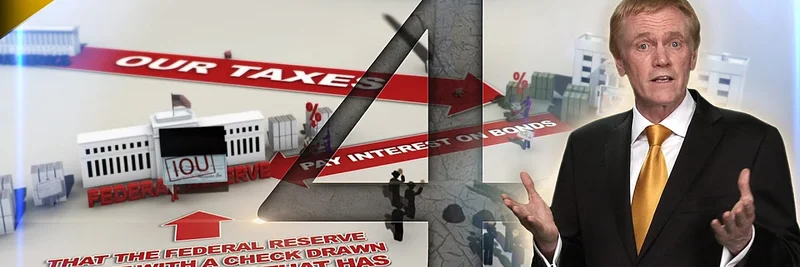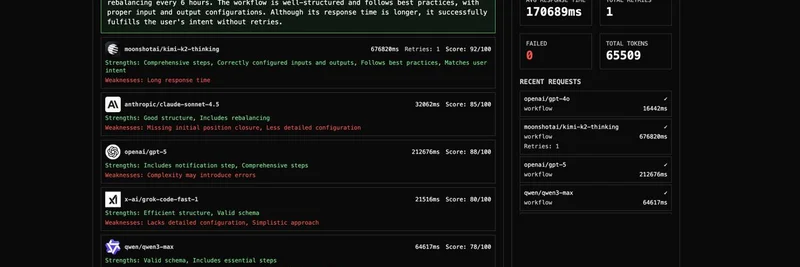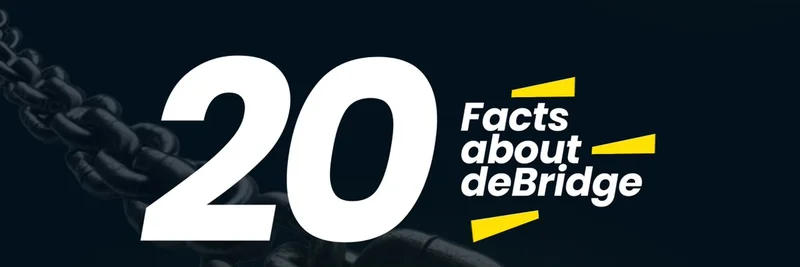Hey there, meme coin enthusiasts and blockchain buffs! If you’ve been scrolling through X lately, you might have stumbled upon a thought-provoking post from Marty Party that’s got everyone talking. Posted just hours ago at 02:22 UTC on July 28, 2025, this tweet dives into the intriguing world of how money is created today, with a spotlight on the Federal Reserve and a cheeky nod to our tax dollars. Let’s break it down and see what it means—especially for those of us keeping an eye on the wild world of meme tokens and blockchain tech.
The Tweet That Sparked the Conversation
Marty Party’s post comes with a striking image featuring the text “OUR TAXES” and “4% INTEREST ON RESERVE,” alongside a miniature cityscape and a bold “EPISODE 4” label. The caption reads: “WHAT THE FEDERAL RESERVE DRAWS ON AN ACCOUNT THAT HAS NOTHING IN IT.” Accompanied by a link to a video, it’s clear Marty is digging into the mechanics of modern money creation. The image alone is enough to make you pause and think—how does this connect to the dollars in our wallets or the crypto in our digital wallets?
What’s the Federal Reserve Up To?
So, what’s the big idea here? The Federal Reserve, often just called “the Fed,” is the central bank of the United States. It doesn’t print cash (that’s the Treasury’s job), but it plays a huge role in controlling how much money flows through the economy. Marty’s post hints at a process where the Fed creates money by paying interest on reserves that commercial banks hold. According to Investopedia, the Fed incentivizes banks to keep money in reserve accounts by paying them interest, effectively “creating” money in the system without needing a physical dollar bill.
This ties into Marty’s mention of “4% interest on reserve.” It suggests that the Fed might be using interest rates as a tool to manage the money supply. When the Fed adjusts these rates, it influences how much banks lend, which in turn affects everything from your mortgage to the price of that shiny new meme coin you’re eyeing. Pretty wild, right?
Taxes and the Money Creation Puzzle
The “OUR TAXES” part of the image is where things get spicy. Marty seems to be questioning whether our tax payments are directly funding this money creation process. Here’s the kicker: they aren’t, at least not in the way you might think. The Fed earns money from interest on the securities it holds and turns any surplus over to the U.S. Treasury after covering its costs. So, while taxes fund government spending, the Fed’s money creation is more about monetary policy than a direct tax grab. Still, Marty’s post taps into a common frustration—where does our money really go?
Reactions from the X Crowd
The thread under Marty’s post is a mix of humor and skepticism. One user, AAJ, simply asks, “How is money created today,” echoing Marty’s curiosity. Others, like Charles Hall, joke that “it grows on trees,” while G.o.T. - Island Girl quips, “No shit Sherlock.” It’s clear this topic strikes a chord, with some seeing it as a call to educate (shoutout to the parent using it for their kids’ lessons!). The buzz shows how much people want to unpack the financial systems behind our digital and real-world economies.
Why This Matters for Meme Token Fans
At Meme Insider, we’re all about connecting the dots between blockchain trends and broader economic shifts. If the Fed’s money creation tactics influence interest rates and inflation, that could shake up the crypto market—including meme coins like $MOBU or $SPX6900, which thrive on speculative hype. A stronger dollar might mean less appetite for risky assets, while looser money could fuel another meme coin boom. Keeping an eye on posts like Marty’s helps us stay ahead of the curve.
Wrapping It Up
Marty Party’s X post is more than just a viral moment—it’s a gateway to understanding the quirky ways our financial system works. Whether you’re a blockchain practitioner or just a curious soul, digging into how the Federal Reserve creates money can sharpen your edge in this fast-moving world. Got thoughts on this? Drop them in the comments or hit us up on X—we’d love to hear your take!
Stay tuned to Meme Insider for more insights into the intersection of finance, crypto, and meme culture!



